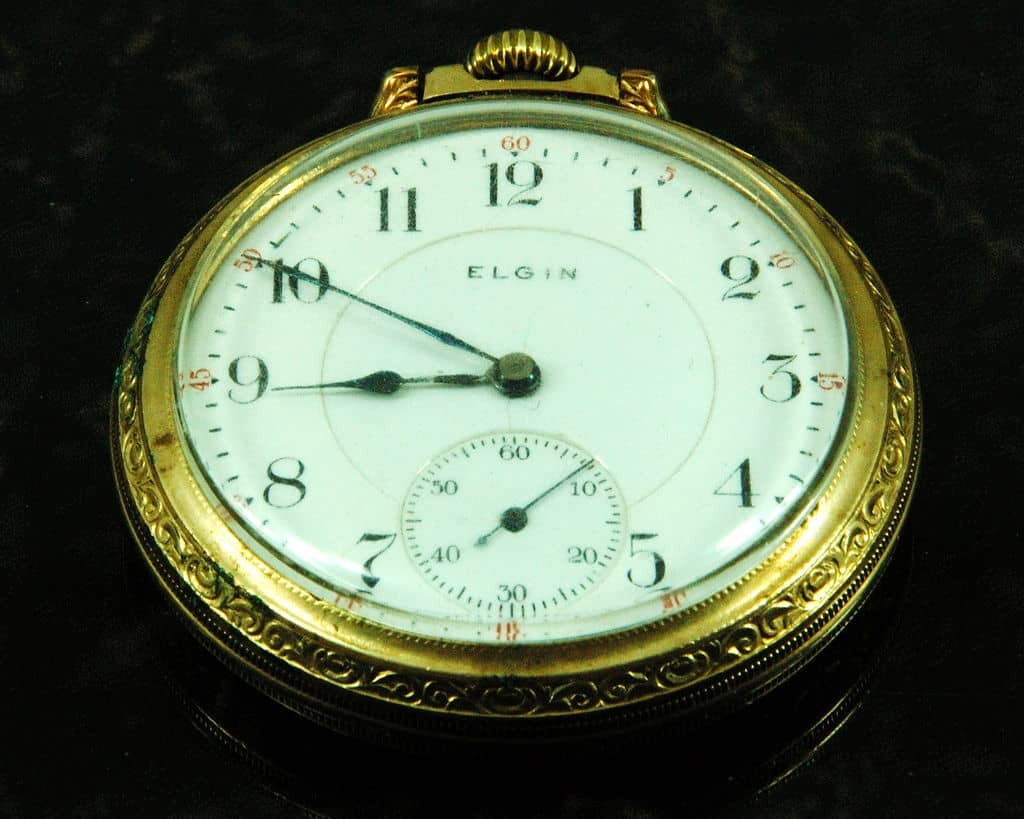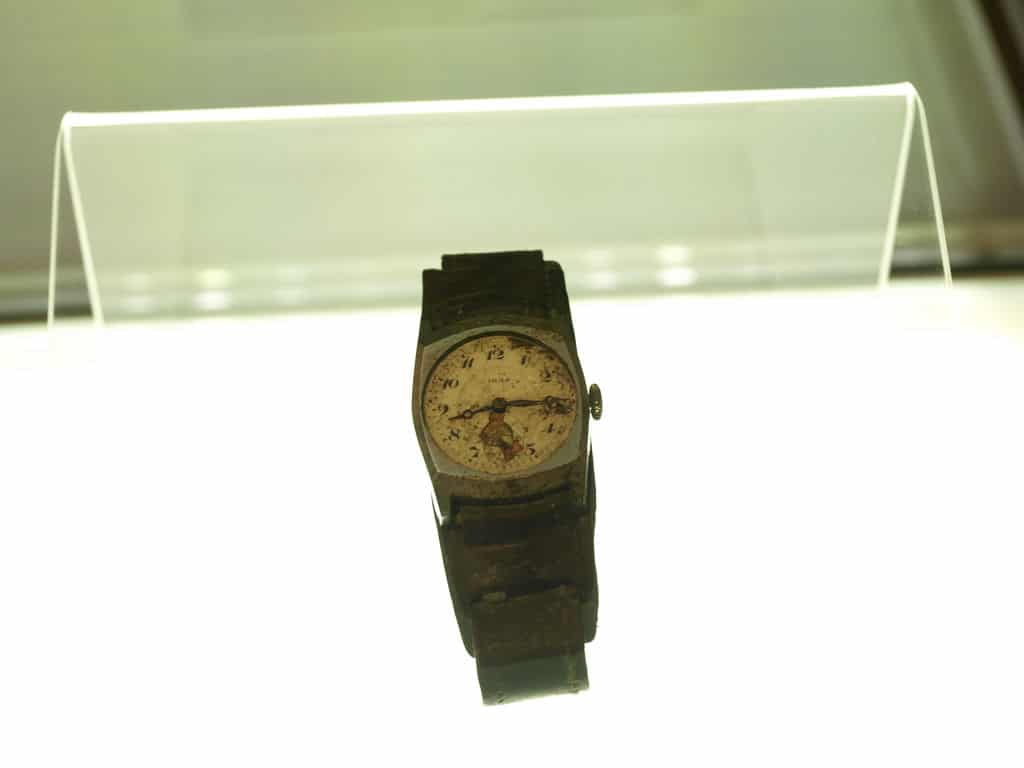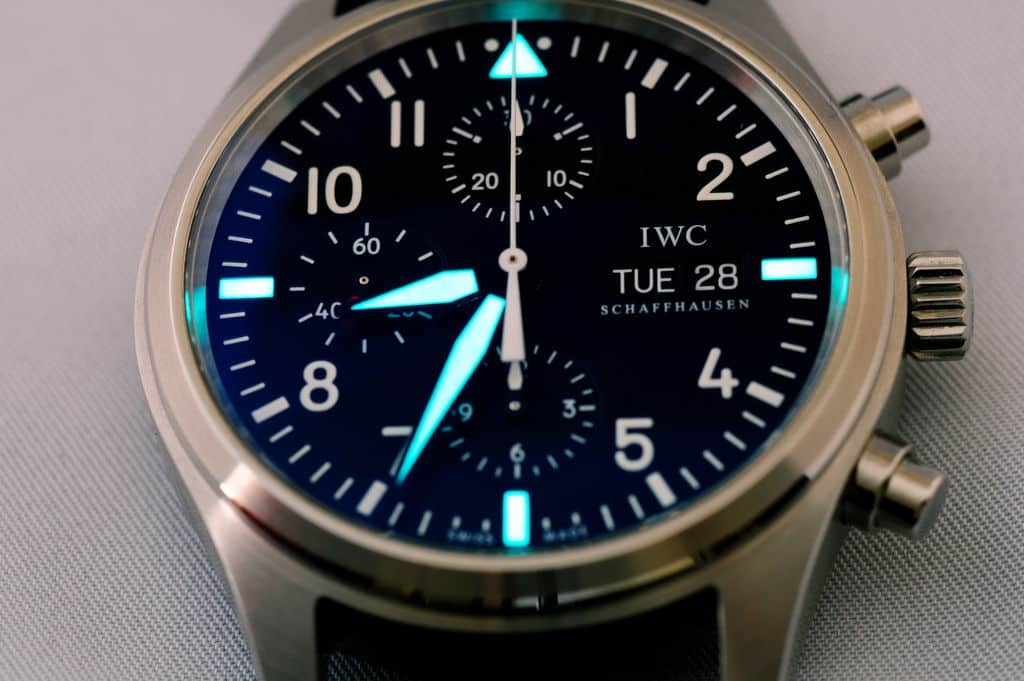People have always been fascinated with time. No one experiences time in the same way. Kids experience time in a slow-moving way and adults tend to say things move pretty fast. They may not get to appointments on time without wearing a watch or keeping a mobile device on hand. From experience, telling others “I have a built-in timepiece in my head” isn’t as reliable as having an alarm clock by the bed.
Besides, wearing a watch or timepiece is one of the most glamorous ways to keep time. It’s possible to select a new, retro or antique watch, because there’s no “must” about watch fashion. It’s perfectly fine to choose a watch that’s specifically designed to suit each season’s style. And, if you love history, it’s possible to choose the same watch model worn to the moon or designed by Charles Lindbergh after he successfully flew the Spirit of St. Louis from New York to Paris.
There’s a strong demand right now for watches a granddad might have worn in World War II…some related items, such as the pocket watches worn by the Kamikaze (Seikosha Imperial Japanese Navy) are strangely fascinating. The airplane pilots wore their pocket watches around the neck, so the watch faces are actually ‘upside down’ in comparison to others! The watches are engraved with the Japanese word for — time — 時
Before There Were Watches
It’s difficult to imagine, but men didn’t start to wear wristwatches en mass until after World War I. Historians writing about the trend say it happened because women wore wristwatches. They had so many hands-on tasks to achieve in the home, a watch about the wrist made the most sense for a Victorian or Edwardian lady. The pocket watch was still very popular, and men’s clothing came with those cute little pockets in which to store the watch, fob and chain attached to it, so designers realized that active men wanted to wear wrist watches, too.

Like the automobile industry of the time, 1930s to 40s watchmakers rolled out lots of versions of their latest watches as fashion. The ever-reliable Swiss watch industry was born in 1541 – and citizens in Geneva were banned from actually them for many years. However, between World Wars and afterwards, some crafty watchmakers like International Watch Company (IWC ) took a Boston-based business (and U.S. customers). to Switzerland to stay close to the craft.
Would You Wear These Watches?
Some rare watch collectors get extremely excited by very old watches offered at auction. For example, the first known pocket watch was made in 1574 and shows twin death scenes: Saint George slays the dragon for England on the front and Jesus on the cross is shown on back. This very weighty, expensive, and emotionally heavy item was fabricated in bronze.
Other rare timepieces, like the large-faced watch worn by a Nazi pilot, are also highly collectible. Since the numbers of these items are limited, their prices may go higher in the future but…would you wear one?
First Wristwatches
The first known wristwatch was actually made by Abraham-Louis Bregeut for the Queen of Naples in 1812. She was a very busy woman, apparently.

Minute and second hands were added to some watches by the nineteenth century, although these additions sometimes caused watches to break. Self-winding watches were made popular during World War II, as fighter pilots didn’t need the additional task of winding a watch in these hectic times. Water-resistant watches were also very popular, then as now.

